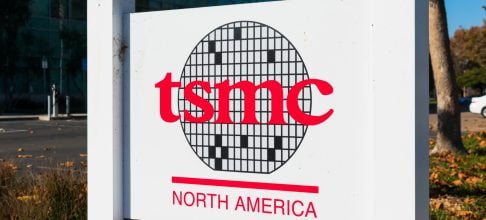Gallup surveyed more than 5,700 U.S. workers in industries such as manufacturing, transportation, health care, education, and service to understand which flexibility options their employers were offering and which flexibility options would entice them to switch jobs. The most commonly offered options (relaxed dress code, flexible start and end times, choice over which days they work per week) were not the ones that employees most valued (increased PTO, four-day workweek, remote or WFH options).
According to a June 2022 Gallup survey, almost half of U.S. workers have jobs that they need to do on-site, in industries such as manufacturing, transportation, health care, education, and service. Many workers in these sectors would love the option to work from home but can’t. Yet they want flexibility and autonomy too.
Gallup recently asked 150 CHROs of large global companies what kinds of flexibility they were considering for their fully on-site employees. They offered 11 options:
- Work remotely some of the time
- Work at multiple locations
- Four 10-hour-day work weeks
- Three 12-hour-day work weeks
- Flexible start and end times
- Choice over which days they work per week
- Choice over which hours they work per day
- Flextime, or some choice over the hours they work
- Shorter shift lengths
- Increased paid time off (PTO) or vacation time
- Relaxed dress code
We then asked more than 5,700 fully onsite U.S. workers if their organization was offering these options. Their most common responses were relaxed dress code (55%), followed by flexible start and end times (33%), and choice over hours they work (flextime) (31%).
We also asked employees which of these options they would change jobs to get. The two clear winners were not the ones organizations offered most: increased paid time off or vacation time (57%) and four-day work weeks (44%).
While vacations and the four-day workweek were the most popular flexibility options for employees, neither is a panacea. Employee engagement also matters.
Vacations play an important role for organizations. Gallup has found that people with more vacation time — controlling for other factors, including income — report higher well-being. But Gallup research also shows that people with engaging work and one week of vacation report 25% higher well-being than actively disengaged workers who have six or more weeks of vacation.
The four-day workweek has gotten a lot of attention in the past few years. Gallup research has found that among those with fully on-site work responsibilities, those with a four-day workweek reported lower active disengagement and higher overall well-being. This suggests that a four-day workweek may provide advantages to those who do not have options to work remotely. While it doesn’t improve the likelihood that an employee will be engaged in their work or workplace, the four-day workweek does reduce the chance that work will be perceived as miserable, which increases the opportunity for thriving.
Blending Flexibility into On-Site Work
How can leaders ultimately decide which flexibility alternatives work best for their organizations’ on-site employees? One way is to involve those employees in thinking about which realistic flexibility options might improve their overall lives and their team’s performance.
Perks and benefits may successfully attract new employees, but they don’t guarantee high engagement and productivity. These are mostly inspired by great managers who work closely with employees to set clear goals and priorities, give frequent and meaningful ongoing feedback, focus on employee development, and build a culture of high accountability. Flexibility without strong performance management simply does not work.
Regardless of whether jobs are done on-site or remotely, it’s important that work is individually productive, collaborative, of high value to customers, and improves employees’ overall lives. These outcomes are the ultimate measure of whether flexibility options work.














